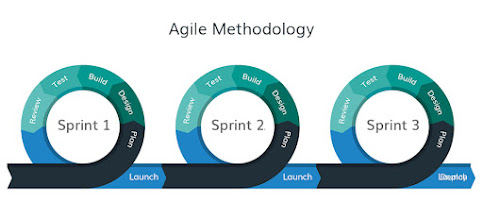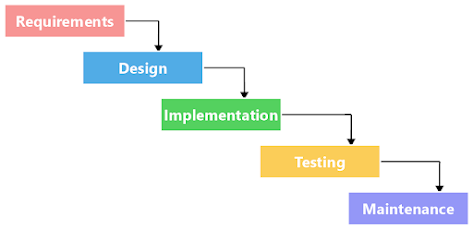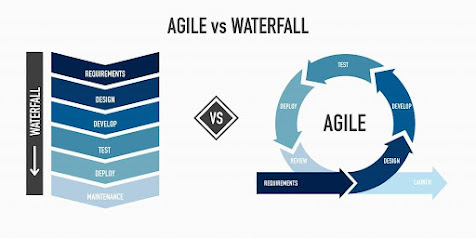Agile and Waterfall
Agile and Waterfall are two different project management methodologies used in the software development and project management industries. Here's an overview of both methodologies:
Agile is an iterative and flexible approach to project management and software development. It was designed to address the limitations of traditional, linear methodologies like Waterfall.
Key Principles:
Iterative development: Agile divides a project into small increments, allowing for incremental development and frequent reassessment.
Collaboration: Agile encourages collaboration among cross-functional teams and stakeholders.
Customer feedback: Agile emphasizes customer feedback and responsiveness to changes.
Adaptive planning: Agile adapts to changing requirements, often prioritizing working software over comprehensive documentation.
Phases: Agile projects are divided into cycles called iterations or sprints. The most popular Agile framework is Scrum, which uses time-boxed sprints. Other Agile methodologies include Kanban, Lean, and Extreme Programming (XP).
Pros:
Adaptability to changing requirements.
Frequent delivery of working software.
Strong collaboration and communication among team members and stakeholders.
High customer satisfaction due to ongoing feedback and involvement.
Cons:
Requires a high level of client involvement.
May be less suitable for projects with well-defined, fixed requirements.
Continuous changes can be challenging to manage.
Waterfall is a traditional, linear project management methodology where each phase of a project must be completed before the next one begins. It follows a structured sequence: Requirements, Design, Implementation, Implementation, Deployment, and Maintenance.
Key Principles:
Sequential approach: Waterfall follows a rigid, linear sequence, with no overlap or iteration between phases.
Comprehensive documentation: Detailed documentation is created at each stage to ensure clarity and control.
Well-defined requirements: Waterfall requires well-established project requirements before development begins.
Phases: Waterfall projects move through distinct phases, and each phase has its deliverables and outcomes. The phases are typically sequential, and progress is measured by the completion of one phase before moving to the next.
Pros:
Clear and well-documented project requirements.
Predictable and structured project timelines.
Better suited for projects with stable and well-defined requirements.
Ease of management and tracking.
Cons:
Limited adaptability to changing requirements or customer feedback.
Late discovery of issues can be costly to rectify.
Client involvement primarily at the beginning and end of the project.
Comparison:
Agile is known for its flexibility and adaptability, making it ideal for projects where requirements are likely to change.
Waterfall is better suited for projects with well-defined, stable requirements and a clear, linear path to completion.
Agile promotes collaboration, frequent communication, and client involvement throughout the project.
Waterfall provides a structured approach with clear documentation and sequential project phases.
The choice between Agile and Waterfall depends on the specific needs and nature of the project. Some organizations even use a hybrid approach to take advantage of the benefits of both methodologies.










Comments
Post a Comment